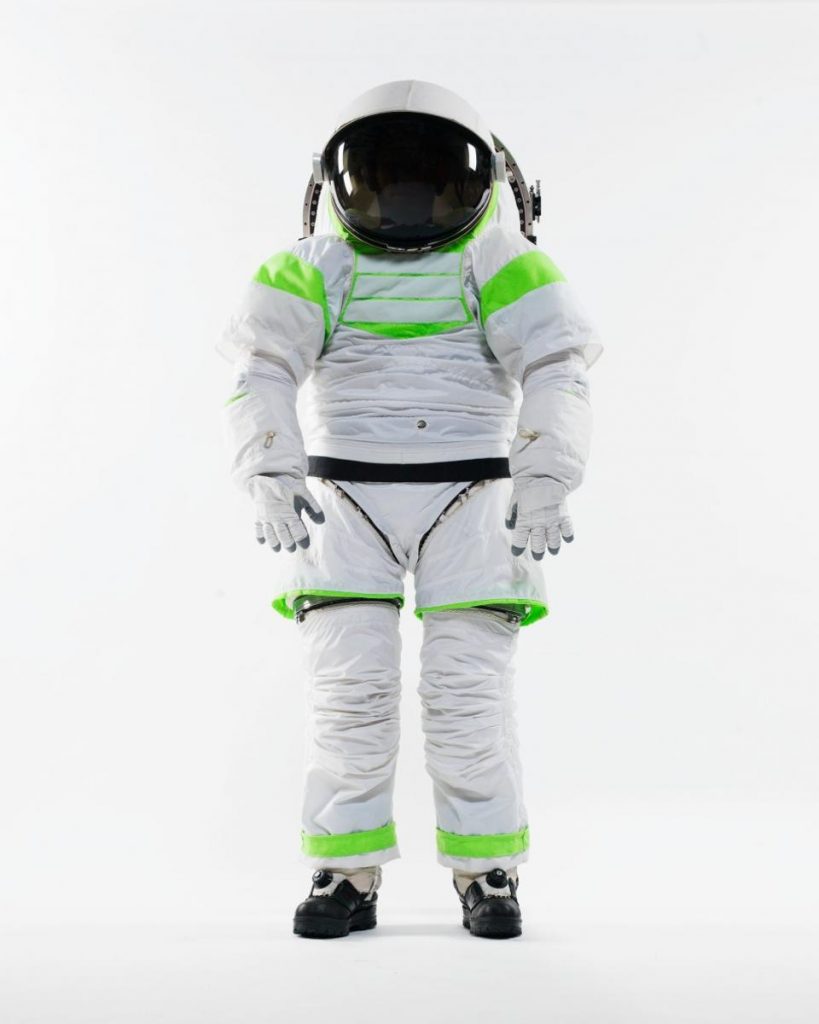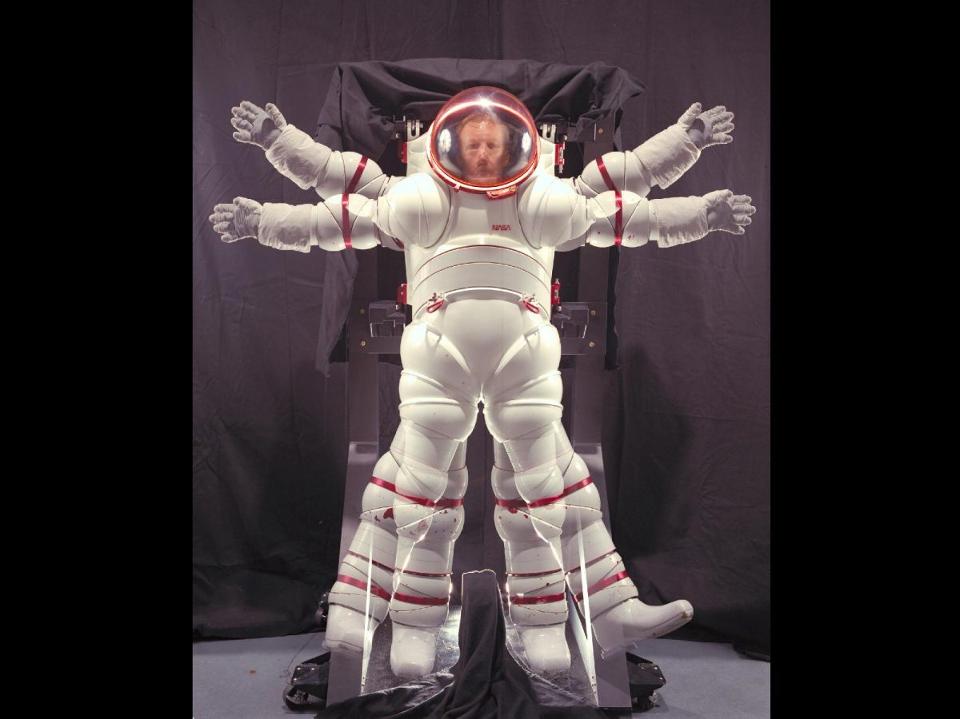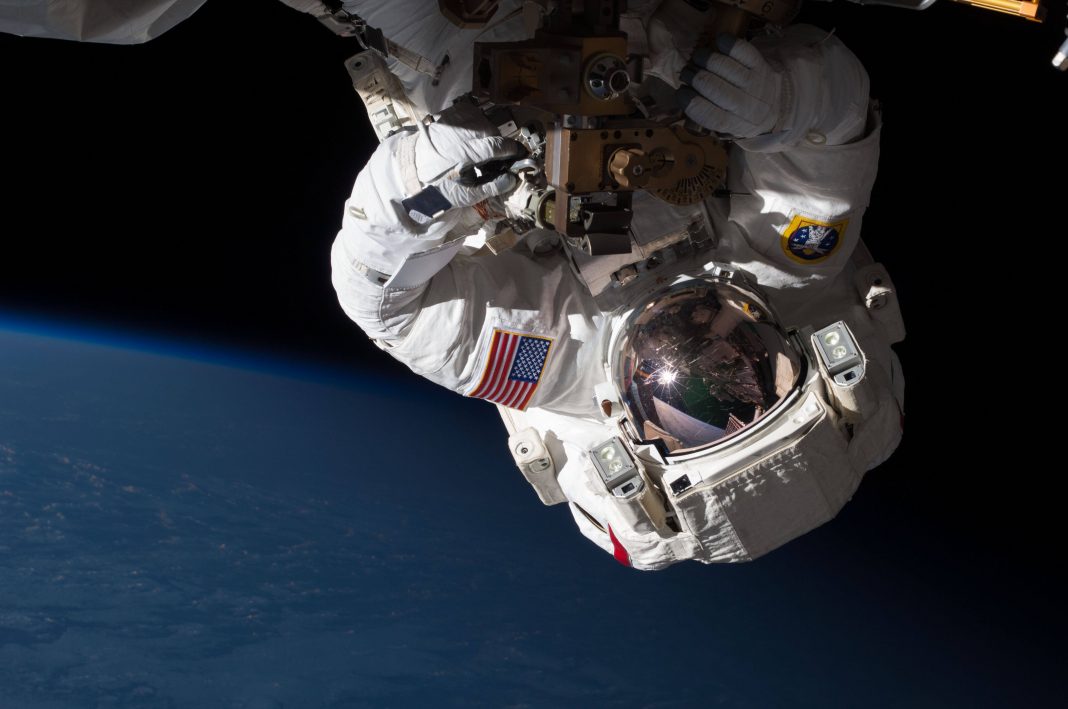It’s only the design of a really good spacesuit that will keep an astronaut both safe and mobile in space. If a poorly designed or overly pressurized suit was used it could easily go very wrong. Maintaining the correct pressure inside the suit is vital. A suit with no hinges would quickly stiffen and inflate making it very difficult for the astronaut to maneuver.
This unfortunate problem did, in fact, happen to an astronaut, Alexy Leonov. When his suit became inflated he was unable to fit back inside the airlock of the spacecraft. So, what he had to do was manually depressurize the suit so that he could move his arms and legs enough to get back in. Obviously, this is highly dangerous and not recommended. Leonov experienced the harsh effects of depressurization which is extremely painful.

To combat these problems astronauts face, NASA needs to ensure their spacesuits are extremely well designed. The public was invited by NASA to get involved and to vote on three different cover layer designs for the agency’s Z-2 prototype suit as part of the advanced suit development program. The two ways in which you avoid inflation of a suit is by reducing the pressure inside it, or by building the suit with hinges. Current spacesuit designs usually try to incorporate both. They are usually pressurized only to around a third of what they would experience at sea level. This means there’s less rigidness when outside in space, but also means that the astronaut needs to get used to the reduced pressure and ensure their body still pumps enough oxygen around.
But, even with these measures in place, astronauts still struggle to move around freely when inside the suit. In space, each and every wrinkle in the suit changes its volume, and with that changes its pressure. Increasing the number of folds would decrease the amount of air that’s needed, and the pressure will increase. The solution here comes down to either building a suit with several folds in it so that needing won’t affect the pressure, or build the suit with a number of swivel points or hinges integrated.

The AX-5 high pressure, the pre-breath hard suit was developed in the 1980’s at NASA’s Ames Research Center. It’s design concentrated on allowing mobility through a constant volume using a hard metal, rigid exoskeleton design. Being almost 100% hinge, the idea was to give the astronauts flexibility and safety by ensuring they never had to bend the suit. Both the old generation spacesuit and those being designed now are mostly made using flexible fabric but also insert folds in vital points such as the knees, elbows, and shoulders. The lower air pressure in the suit along with the folds gives astronauts maximum maneuverability to carry out their task effectively. So, it looks as though NASA have it covered now when it comes to spacesuits and are astronauts should feel confident that they’re in safe hands (or suits).
More News to Read











